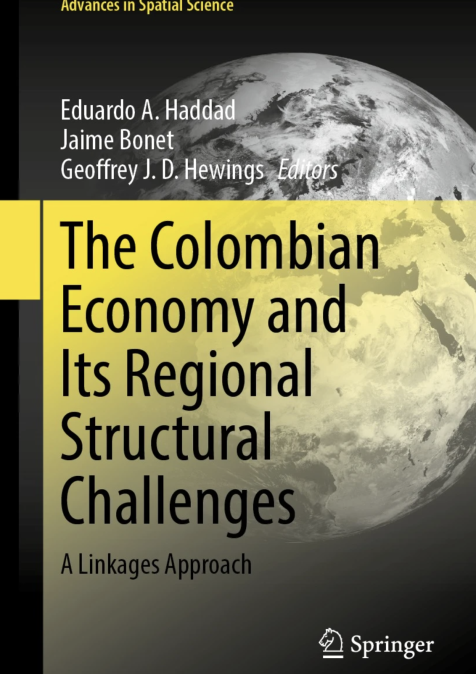Publications /
Policy Paper
Brazil and Morocco have been engaged in different forms of trade negotiations and committed to liberalize their trade, as they have concluded several bilateral and multilateral trade agreements whether within the WTO or in specific framework. This paper analyzes different facets of trade relations between Brazil and Morocco and assesses the potential for deeper trade integration between these two key players in the southern Atlantic. Trade flows between Brazil and Morocco have been concentrated in a few products and it is clear that there are significant opportunities to improve not only the magnitude of trade flows but also the range of products in the near future. Given the gap in terms of economic size, the Moroccan market does not draw more than 0.35% of the total Brazilian exports (45th market). The Chinese and the American markets are the most important destinations of Brazilian foreign sales, followed by some regional economies like Argentina and Chile. For Morocco, Brazil is relatively more important as a market for national exports, representing, in 2014, 4.6% of total exports and thus, placing itself as the third most important destination for Moroccan exports, after France and Spain. One can say that a significant part of the bilateral trade between Brazil and Morocco is closely associated to the agricultural value chain. Morocco provides fertilizers, while Brazilians exports to Morocco concentrate mainly on agricultural products. The regional distribution of value added effects of Moroccan exports to Brazil reveals that fertilizers exports benefits, direct and indirectly, almost all Moroccan regions, in spite of the concentration of mining and processing activities in specific locations. Simulations have been conducted to assess the impact of the elimination of tariffs and export subsidies on trade between the two countries. On one hand, there is a potential increase in welfare in Brazil equal to USD 212.46 in a context of bilateral liberalization. On the other hand, welfare in Morocco and in the ROW may potentially face a decrease (equivalent to USD 88.03 and USD 64.32, respectively). The divergence in results can be explained in part by the different sizes of these two economies, the share of each economy in the international trade, and the degrees of specialization and inter-sectorial integration in each country. Notwithstanding, there would be potential gainers and losers in both countries.









